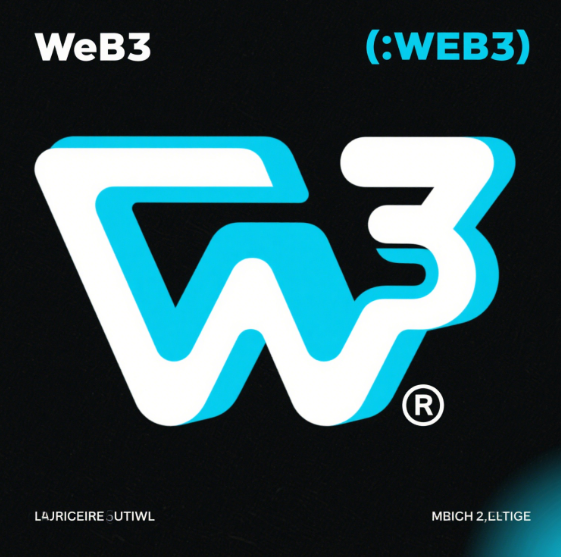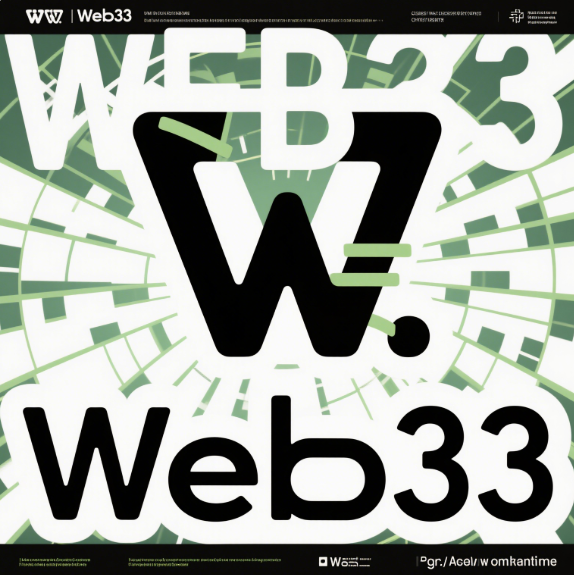In today's world, where blockchain technology has increasingly permeated human life, Web3 has become a hot topic. However, alongside this wave of technological trends, some projects have sprung up like mushrooms, while others, once star projects, have quietly fallen from grace. Today, let’s discuss Mirror, a project that once led the way in the Web3 content creation space, and how it experienced a tumultuous rise and fall in just a few short years.
1. The Birth and Vision of Mirror
Mirror launched in 2021 with the initial goal of providing content creators with a decentralized platform that allowed them to publish and profit without intermediaries. Compared to traditional content publishing platforms, Mirror’s advocacy for an uncensored and open-access model attracted a large number of ambitious creators. Driven by blockchain, Mirror aimed to provide creators with greater economic autonomy and flexibility through smart contracts and cryptocurrencies.

Mirror wasn’t just another publishing platform; it was a decentralized publishing ecosystem. Users could leverage NFTs (non-fungible tokens) to interact directly with readers, who in turn could support their favorite creators through funding and purchasing NFTs. This innovative model opened up new possibilities for many content creators.
2. The Rise of Mirror
As blockchain technology became more popular, Mirror began to attract increasing attention. Its platform rapidly expanded its features, drawing in tech enthusiasts and creators alike. Especially during the cryptocurrency bull run of 2021, Mirror became the platform of choice for many emerging creators. Numerous creators published their encrypted articles and NFT works through Mirror, easily facilitating the return of their investments.
Mirror also successfully built an active and enthusiastic community, leveraging the power of this community to propel platform growth. Throughout this process, Mirror adopted an "empowerment" strategy that allowed users to participate in product development and improvement. Additionally, Mirror collaborated with several blockchain projects to boost its visibility.
3. Challenges Faced
However, alongside the growing user base, Mirror began to face management and technical challenges. The influx of content led to information overload, resulting in many high-quality pieces getting lost in the sea of information. Furthermore, the platform’s decentralization posed challenges for content moderation, leading to the emergence of inappropriate content issues.

More critically, the overall market downturn in 2022 and the collapse of the Web3 bubble had profound impacts on Mirror. Investors’ attention gradually shifted, leading to a significant decrease in platform activity as once-active creators abandoned ship, placing Mirror’s survival in jeopardy.
4. Reflections and Future Prospects
In the story of Mirror’s rise and fall, we can see a broader vision for Web3 technology alongside its real-world challenges. Despite the significant setbacks that Mirror has faced as a project, this does not mark the end of Web3 content platforms. Many creators still hold hope for the decentralization of content, but future success will undoubtedly require more robust models and tighter governance structures.
To regain the trust of creators and recognition in the market, Mirror needs to seek a new balance, maintaining its decentralized nature while ensuring content quality and platform sustainability. In the future, Mirror may push towards building a more ecological content platform, enhancing user experiences through better feedback mechanisms and governance strategies.

Conclusion
The history of Mirror’s rise and fall is not just a story of one project, but a microcosm of the entire Web3 content ecosystem. Its peaks and troughs remind us that while pursuing decentralization and technological innovations, we must also take content quality and user experience seriously. The prosperity of the blockchain world needs to be built on a stable foundation. Let us look forward to the next steps in Web3 development, as perhaps new highlights are just around the corner!
















No comments yet